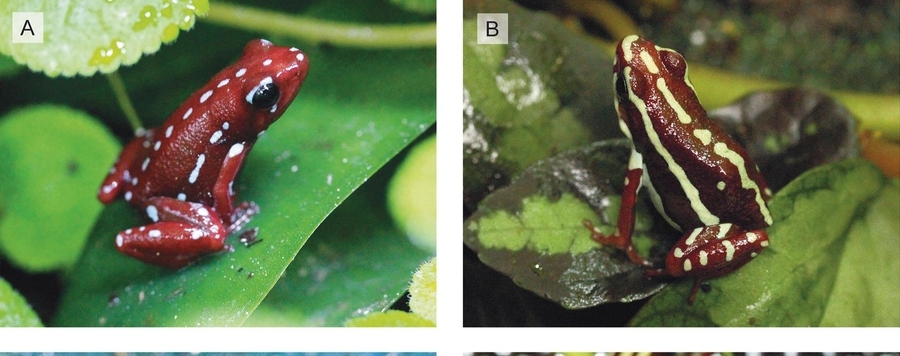
Intra- and interspecific comparisons of advertisement calls of poison dart frogs
Vocal communication is the main mechanism to exchange information in many groups of animals, and anurans represent an impressive example of complex acoustic communication signals. To date several calls with different and partly multiple meanings have been described for numerous species. Anuran calls were found to be species-specific, providing important taxonomic information, and advertisement calls are frequently used for systematic assignments.The closely related poison dart frogs Epipedobates anthonyi and Epipedobates tricolor inhabit geographically disjunct areas in Ecuador and Peru. Both species are very similar in appearance and have frequently been confused. Consequently, multiple scientific publications on E. tricolor refer to E. anthonyi instead and vice versa. This is also true for the descriptions of the species’ advertisement call. So far, no comparative study on the species’ calls exists. Here we analyze and compare the calls of E. anthonyi and E. tricolor. We found the advertisement calls of both species to be very similar in general but to differ in pulse frequency and interval. Thus, they can be distinguished with certainty. However, a comparison of characteristic call patterns between populations revealed intraspecific variation to be higher than interspecific variation, which questions the usefulness of calls for species delimitation of frogs for the genus Epipedobates.






